ROYAL BOTANICAL GARDENS – PERADENIYA SRI LANKA – By Leelananda Ihalagamage in Melbourne
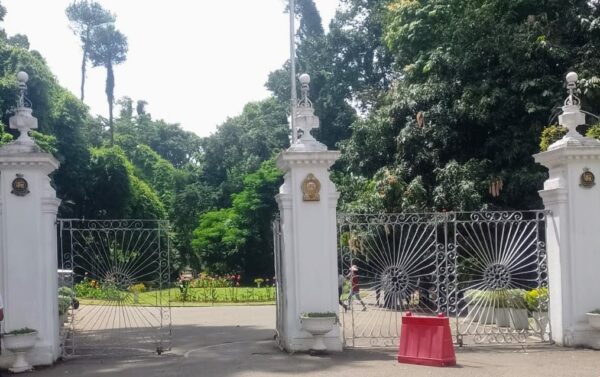
Alexander Moon started the ground work for a Botanical Garden in 1821. The Botanical Garden at Peradeniya was formally established in 1822 with plants brought from Kew Garden, Slave Island, Colombo and Kalutara (within the country).
It was more expanded under George Gardner as the Superintendent in 1844. On his death George Henry Kendrick Thwaites became the Superintendent in 1849. The Department of Agriculture was established in 1912 in Peradeniya and the Garden came under its administration in 1912.
The Classical Avenue of Palms (trees) is located in this Garden. One tree with a significant history is the Cannonball tree planted by King George V of the United Kingdom and Queen Mary in 1901. The tree is often laden with fruits, which are thought to resemble cannonballs.

Sri Lanka’s Botanical Gardens have a long and proud history, punctuated by colonialism and industrial change. Throughout this period the Garden has continued to flourish and the plant collections and herbarium grown. Within the context of the 21st Century, the Garden represents a significant national asset for Sri Lanka.
Royal Botanical Garden, Peradeniya is located in close proximity to the Kandy City which is the last Kingdom of Sri Lanka, and it is the Capital of Central Province. This Garden is adjoining the “Mahaweli” – the longest river in the island.
Alexander Moon used the Garden for the plantation of Cinnamon and Coffee. And, today it is the fantastic place to enjoy a large variety of various species of trees and insects. The visitors can experience more than 4000 species of all concerns of plants of the world.

When you are entering the Garden, you will see the main entrance of the Garden is open to the river drive. There are number of avenue river drives, such as, Double Avenue, Cooke’s Pine and Cabbage Avenue, Palmyrah Avenue and Royal Palm Avenue. The Spice Garden is located at the side of the main entrance with numerous varieties of species. Next, you will find one of the most attractive plants in the Garden – the Orchid House. It was introduced to the Garden in 1970s which has mostly a large variety of orchid collections and the hybrids. This has many species and the Orchid House itself has an amazing collection of orchids as mentioned.
Gardens and the cultivation of plants have been around four thousand years ago, with the first examples dating to around 3000 years ago in ancient Egypt and Mesapotamia. The Romans were also keen gardeners and they were all aware of the medicinal properties of plants. Following on from the Romans in identifying the medicinal properties of plants were the Monks. They all used the beauty of plants and flowers as celebrations of God. The first of these monastic gardens were created in the 8th Century. These gardens were the precurses to the physic gardens that appraised in the 16th Century.
“Trees of the size of sky scrapers, flower bushes, exploding in incredible colour, giant palm and variety of bamboo trees and Cannonball trees with heavy round fruits cannot be described the Garden’s beauty and the value with words” – one of the few tourists muttered with me while walking towards along one of the largest botanical gardens in Sri Lanka.
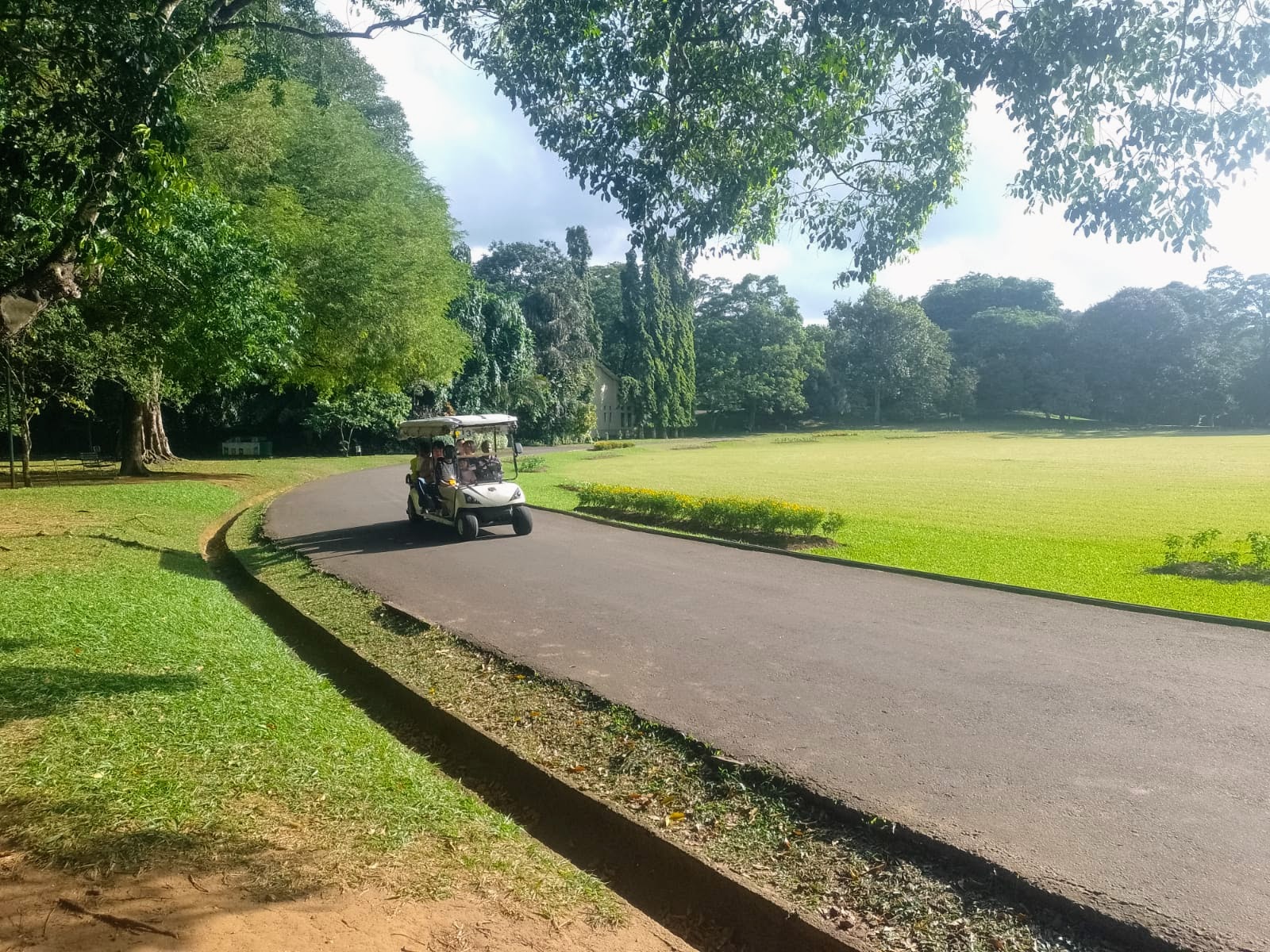
Other Two Major Gardens in Sri Lanka in Brief
Henarathgoda Botanical Gardens is located in Gampaha, Sri Lanka which is famous as the first rubber planted location. This is also one of the best travel destinations in Gampaha, Sri Lanka, to spend the leisure time.
Hakgala Botanical Gardens is the second largest garden in the country located in Nuwara Eliya, Sri Lanka. This Garden spreads over an area of 550 acres which was established in 1861.
Royal Botanical Garden in Peradeniya, Sri Lanka is open daily from 8.00 a.m. – 5.30 p.m.
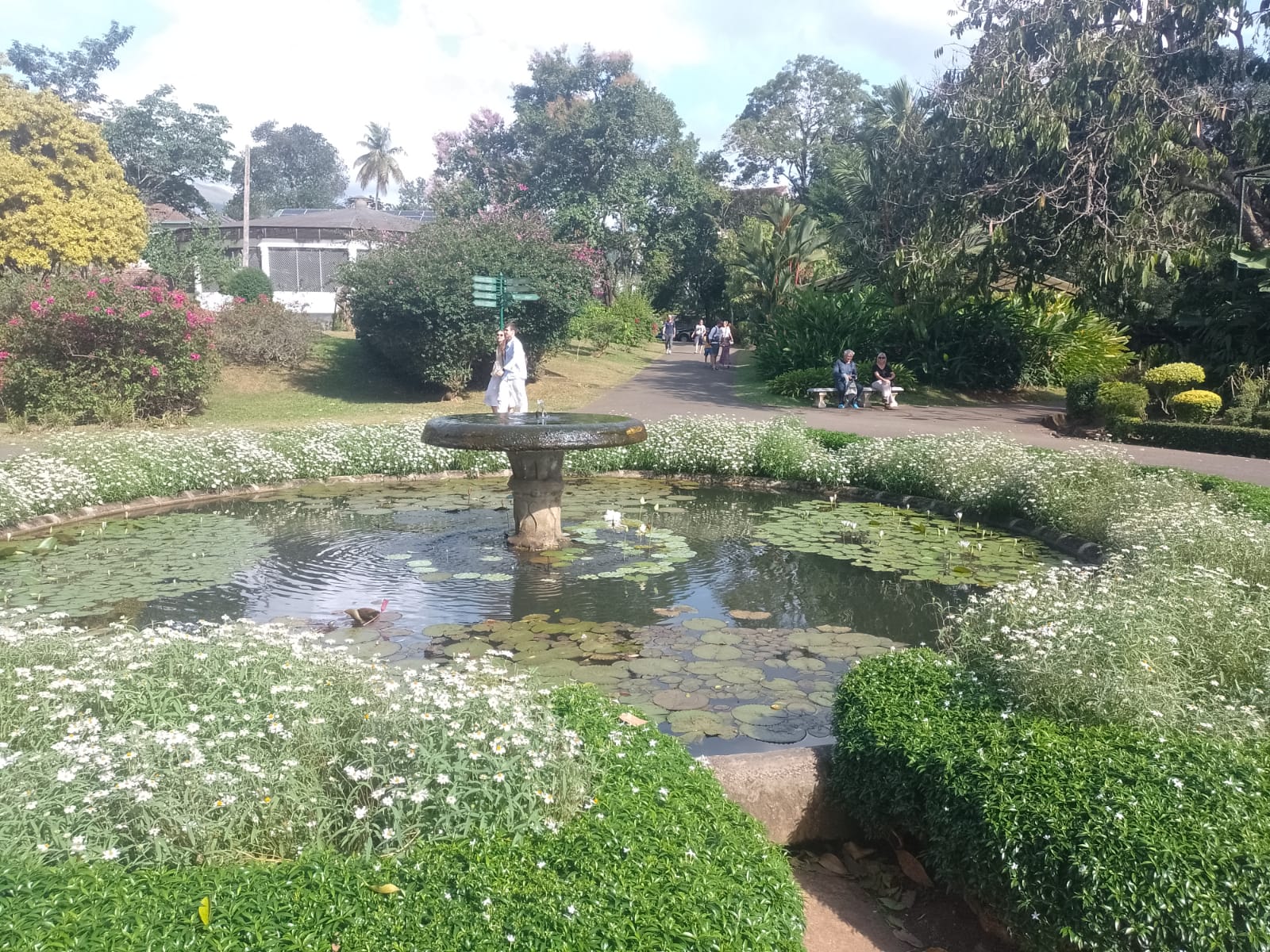
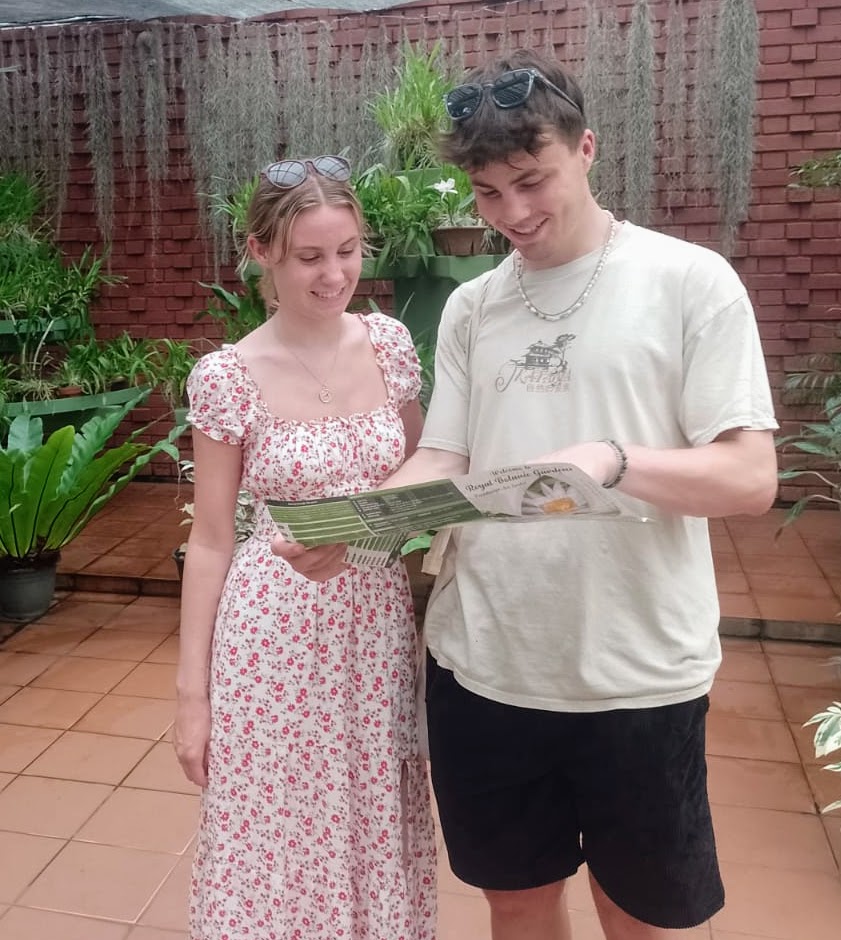


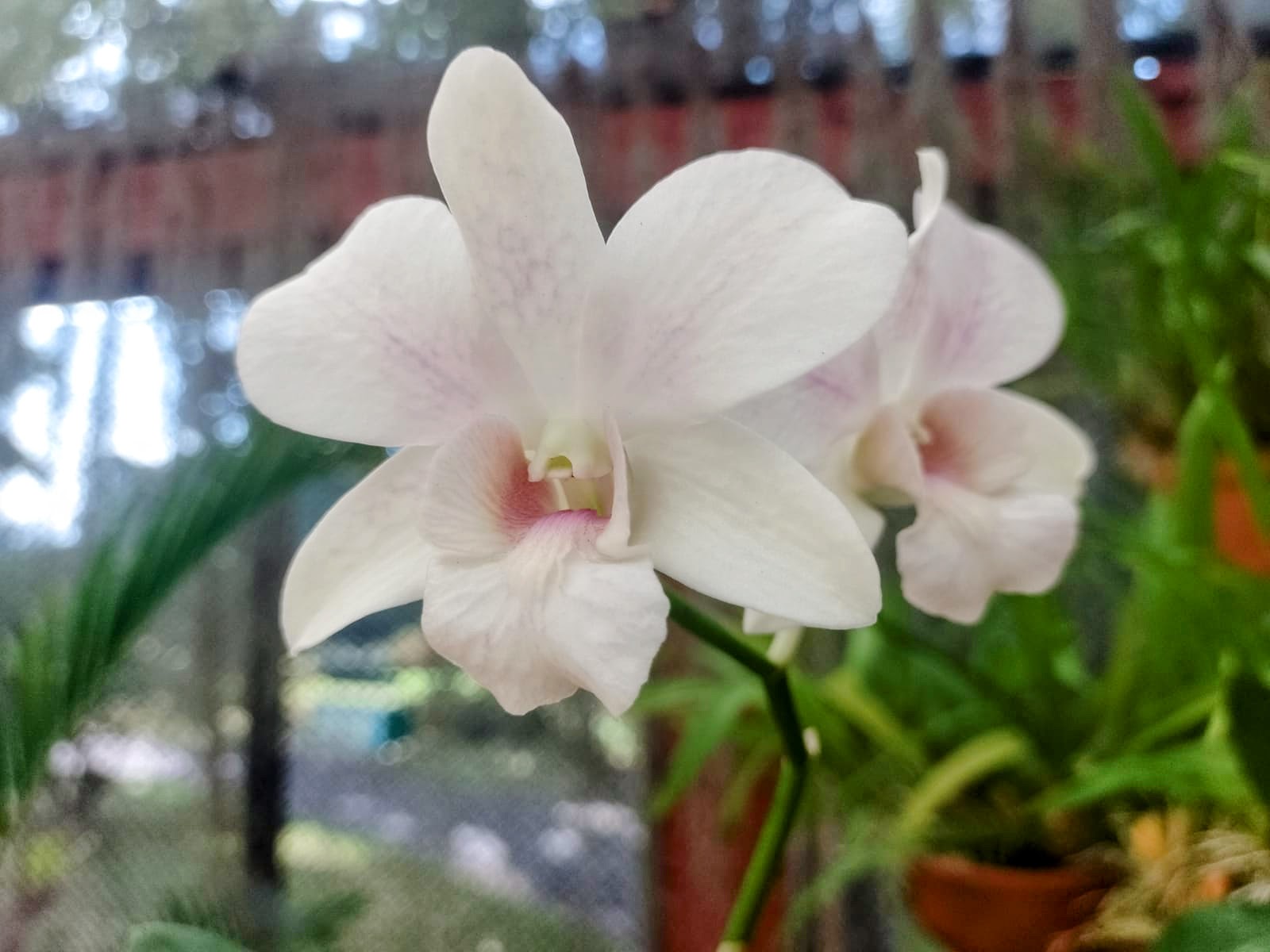




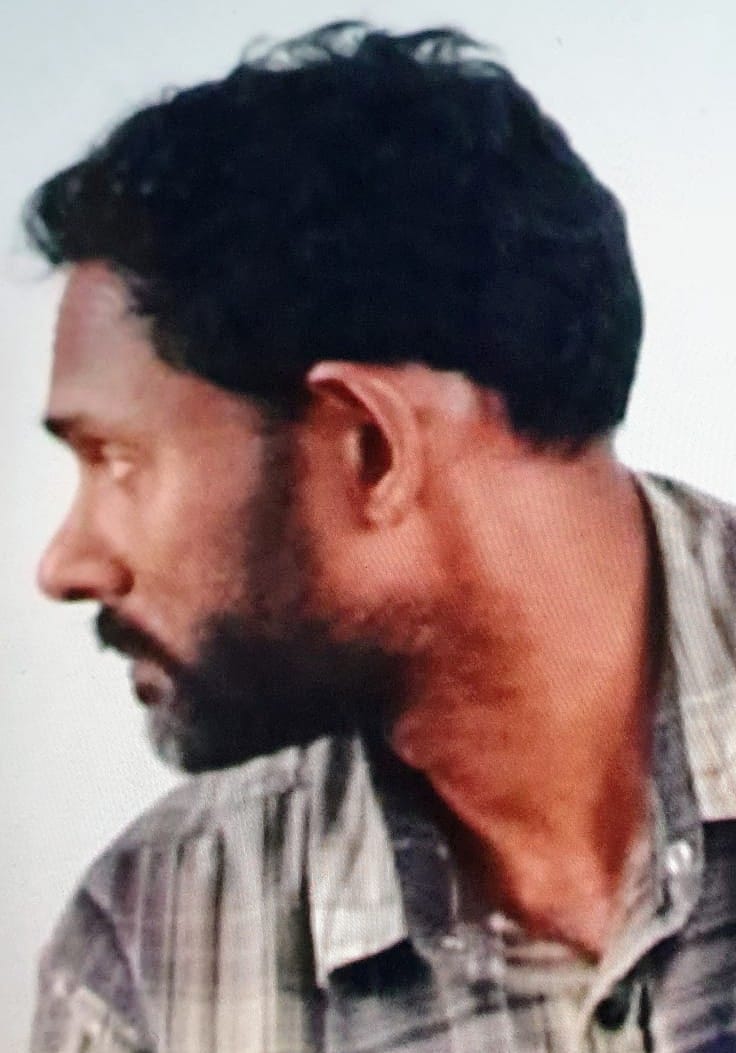
Pix by : Wishwa Ihalagamage























